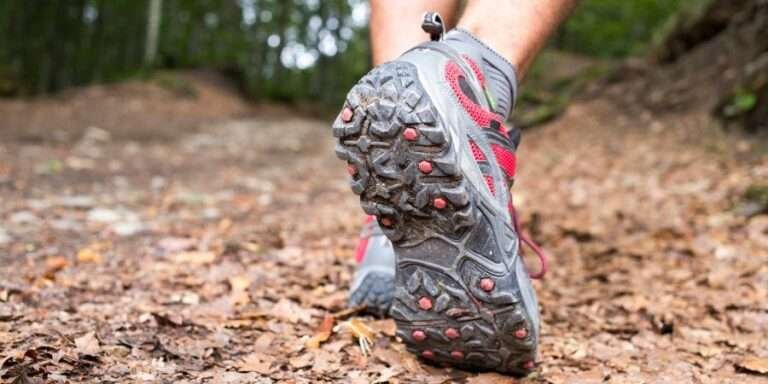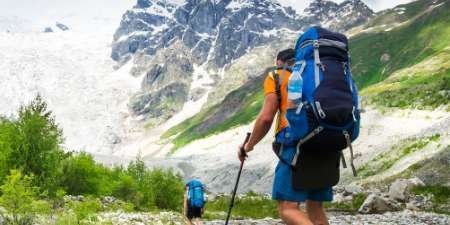Hiking is more than just taking a walk in the forest. For some hike enthusiasts, it’s a chance to detach from the hustle of daily life and reconnect with the great nature. This isn’t just a physical activity. It’s a holistic experience that engages your senses, challenges your body, and rejuvenates your soul. With each step, some rewards await those who venture into the hike trails. Welcome to this hiking for beginners guide if you’re new to this exciting world. You may find this helpful for your upcoming adventure.
In this hiking for beginners article, you’ll learn how to unlock the secrets to success on the trail, whether you’re a novice or looking to up your game. As a beginner, you may find it hard to know where to start. We will break it down for you in our ultimate guide, providing practical suggestions and insights to ensure your hiking is not only entertaining but also safe and enjoyable. It’s all here, from choosing the right trail to practicing proper hiking etiquette.
But it’s not just about the details. We’ll discuss what gear is needed for hiking, what to wear for hiking to keep you comfortable in changeable conditions, and the importance of staying hydrated and fuelled. We will also give you vital hiking tips for beginners to keep you safe on the trail, whether you are a single hiker or part of a group.
Choosing a Beginner Hiking Trails
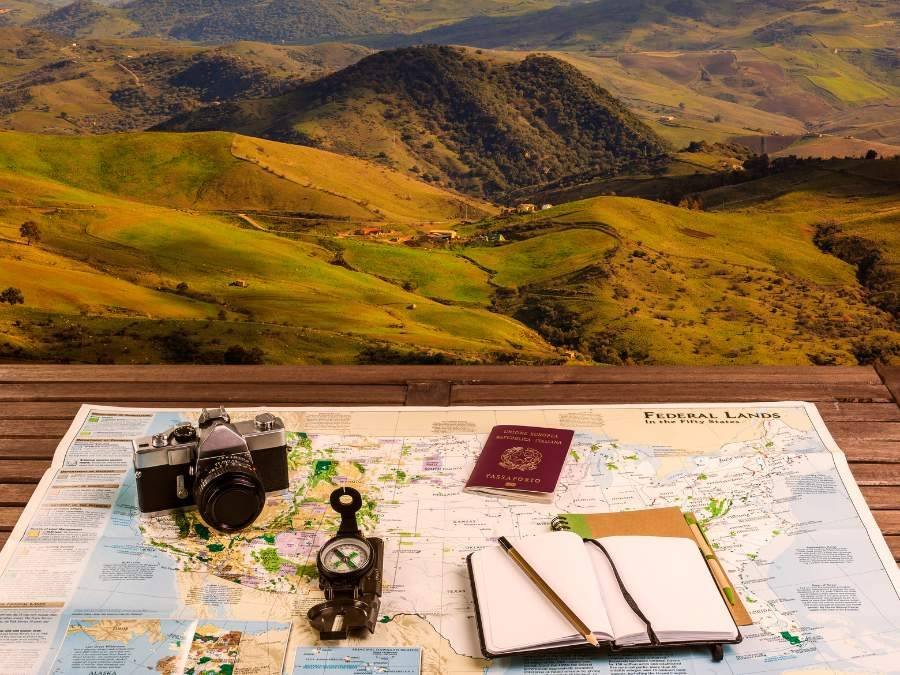
There are various simple ways to locate a hiking trail that meets your requirements:
Guidebook & Website: You may find all the information you need, including trail difficulty, distance, elevation gain, directions, water sources, trail features and dog-friendliness, in guidebooks and online resources. Websites frequently have travel reviews from recent users, which can help you get an idea of the trail’s current condition.
Ask Experts: If you have friends or anyone you know as a hiking enthusiast, ask them to recommend certain routes for you.
Seek Local Advice: Contact a local association or a ranger station in the area where you are planning to hike. Rangers are usually knowledgeable about trail conditions and can recommend hikes for people of all skill levels.
Tips for Choosing a Hiking Trail
- Time: Calculate the time it will take to complete the hike based on your pace and the difficulty of the terrain. Consider taking stops for snacks, photos and rest.
- Fitness: Assess your current physical condition. Remember, you want to go for a hike to enjoy yourself rather than suffer. Don’t be so optimistic in physical circumstances.
- Distance: Picking the perfect trail distance for Hiking is highly Important. Remember that your primary goal should be picking a trail that fits your interests, level of fitness and time limits instead of trying to complete the hardest one.
- Select a Beautiful Location: Look for trails that lead to wonderful views, waterfalls, or unique scenery. A beautiful location enhances the overall experience and serves as a pleasing end for your hike. Discover the main points of every route for the views or locations that interest you.
- Consider Seasonal Factors: When planning a hike, consider the seasons. Due to weather conditions, some trails may be more difficult or closed during particular seasons. To guarantee a safe and enjoyable adventure, check for route restrictions, weather predictions, and trail reports.
- Be Flexible: Be flexible about changing your plans if unforeseen events arise. Weather changes, trail closures, or personal energy levels might require a change in your route. Having a backup plan or being available to try new trails increases the flexibility of your hiking experience.
Choose Your Hiking Gear
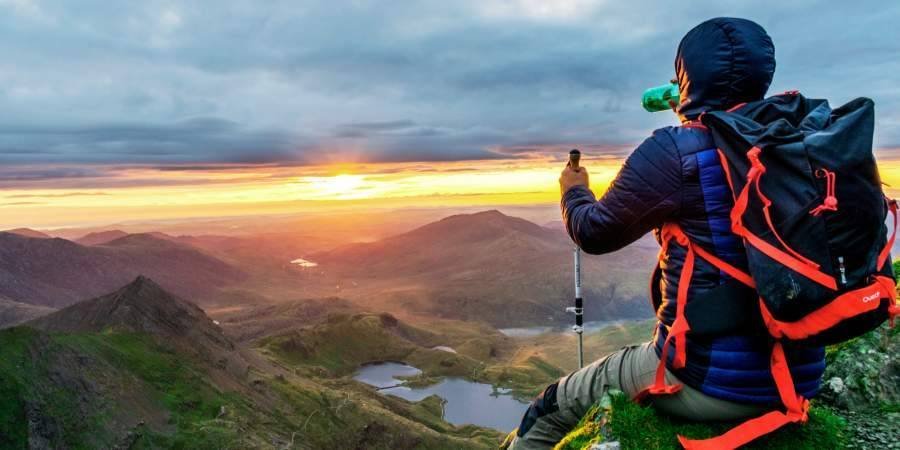
The right hiking gear may make or ruin your trail experience. Start with the basics: comfortable Hiking shoes, breathable clothes, and a compact backpack. Remember to bring water bottles or a hydration bladder, a hat, sunscreen, and a first aid kit for hikers. You can try different types of hiking gear as you gain experience. In this chapter, we’ll guide beginners through the hiking equipment they need to ensure trouble-free hiking.
Hiking Footwear Guide
Choosing the correct footwear is important for a comfortable and enjoyable hike. Buy hike shoes with good ankle support and protection for rough trails. Consider waterproof footwear to keep your feet dry in various weather conditions. Ensure the hike boots fit properly, leaving room for your toes and preventing blisters.
Lightweight hiking boots provide flexibility without sacrificing support on less difficult trails. Before buying shoes consider these metrics such as conditions, comfort, durability and grip. Hiking footwear is essential to a successful and enjoyable outdoor experience, so choose a pair that fits your style and geographic preferences wisely.
Hiking Clothing Guide
What to wear for hiking is one of the top inquiries for new hikers. We all know choosing the correct hiking clothes is essential for trail comfort and flexibility. To control body temperature and reduce sweat buildup, choose moisture-wicking base layers. Lightweight, breathable textiles are great for adapting to changing weather in hiking areas. Dress in layers to allow for easy temperature adjustments and consider quick-drying materials to stay dry in unexpected rain.
A wide-brimmed hiking hat and sunglasses give sun protection, while a waterproof hiking jacket protects against the elements. To lessen the danger of blisters, wear durable, comfortable hiking socks. Prioritize hiking outfits that are appropriate for the season and trail conditions to ensure a fun and well-prepared trip. You can find many clothing outfits for men and women in the market.
Hiking Backpack Guide
A carefully selected hiking backpack is a hiker’s trusted companion, providing an easy way to carry goods. Choose a lightweight, long-lasting style with adjustable straps for a good fit. Consider using multiple pockets to manage your gear properly. A hydration bladder slot allows quick water access, boosting trail hydration.
Choose a size suitable for the duration and type of your walks, balancing space and functionality. Your hike backpack should complement your hike by allowing you to easily carry essentials such as water, snacks, a first aid kit, and extra layers, enhancing your trail experience.
Hiking Food & Water Guide
Sustaining energy on the hike requires careful planning of hiking food and drink. To fuel your trail adventure, include lightweight, nutrient-dense snacks like trail mix, energy bars, and dried fruits. Hydration is harsh, so bring plenty of water and consider investing in a hydration reservoir for easy drinking.
Take plenty of water, especially in hot conditions, to avoid dehydration. Balance carbohydrates, proteins, and fats in your snacks to maintain energy levels. Prioritize easily digested choices to avoid discomfort. Planning and packing the correct food and water ensures a well-nourished and hydrated experience, improving the trail’s endurance and enjoyment.
Additional essential hiking gears
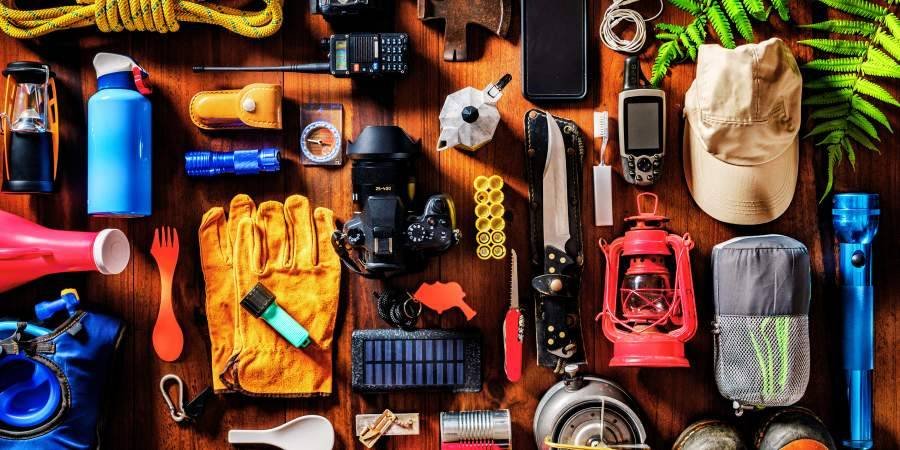
- Trail Permit or Pass: Ensure you have all the necessary permits or passes for the trail you plan to hike.
- Compass and Map: A detailed route map and a compass are important for navigating, especially in locations where GPS signals are weak.
- Emergency Shelter: A space blanket or bivy tent, can protect in bad weather.
- Headlamp or Flashlight: Even if you plan to finish your hike during the day, make sure you have a reliable light source. It’s useful if your hike takes longer than planned.
- Knife: A multitool knife is helpful for various jobs and useful on the trail.
- Waterproof Matches or Lighter: A reliable fire starter in an emergency might be vital for warmth or signaling.
- Personal Medicine and First Aid Items: Customize your first aid kit to include any personal medicine.
- Sunscreen and Lip Balm: Use sunscreen and lip balm to protect your skin from dangerous UV radiation, especially at higher temperatures.
- Hiking Sticks: Hiking Poles Provide stability and decrease knee strain, especially on rough terrain.
- Sunglasses: Excellent gear for eye comfort on a sunny day. Night vision glasses can be helpful during the night as well.
- Camera: Capture the scenic views with a good camera or observe wildlife along the trail.
- Binoculars: Binoculars are a great way to get closer to nature while keeping your distance.
- Trash Bags: Bring additional trash bags to ensure you leave nothing behind and dispose of any waste.
- Hiking GPS: Handheld GPS devices use satellite signals to deliver precise location information. Under normal conditions, users should expect accuracy of 5 to 10 meters (16 to 33 feet). Learn more in our Best 5 Hiking GPS article.
- Insect Repellent: Depending on the season and area, insect repellent may effectively keep annoying pests away.
- Cash: Some trailheads or parks may charge entry fees, so having cash on hand can be useful.
Hiking with Friends
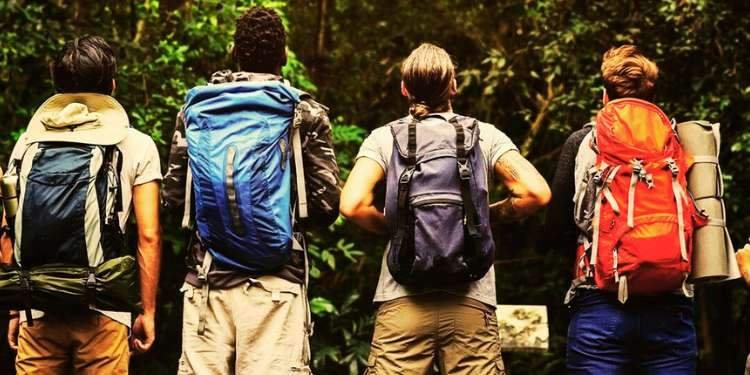
Hiking with Friends
As a beginner to hiking, you should go with a group. Hiking with friends allows you to appreciate the group’s diversity while also accepting varied fitness levels and creating a supportive environment. In group hiking, hikers usually share equipment with each other. That’s a massive help
If you have hiking buddies, ask them to take you for a hike. If you don’t know any hikers, many cities and towns have clubs that organize expeditions regularly. Hiking books, events, and online social media community groups are all options. These are excellent methods for meeting new companions.
Solo Hiking
We recommend that if you are new to hiking, you try to find a partner to keep you company. Also, if you are injured, that person will be there to help you. Solo hiking can be an option only if you have no other option, but you should start with short trips to popular spots and tell someone where you will be and when you will return.
For Solo Hiking, Read this book.
hiking etiquette: do’s and don’ts
Stay on Designated Trails: Always stay on designated trails to avoid damaging delicate ecosystems and safeguard wildlife habitats. Off-trail travel can cause soil erosion and upset the natural balance of the environment.
Yield to Uphill Hikers: Uphill hikers have the right of way. When passing individuals on the trail, move to the side and let those ascending continue without interruption to keep a steady pace.
Leave No Trace: Carry all of your trash with you and properly dispose of it. Be mindful of the environment and leave the trail as clean as possible.
Respect Wildlife: Keep safe from wildlife and avoid feeding or approaching animals. Human intervention can disturb their normal behavior, putting both wildlife and hikers at risk.
Reduce Noise: Enjoy nature’s peace by limiting noise levels to a minimum. Avoid loud conversations and music so that your fellow hikers may enjoy the peace of the outdoors.
Respect Other Hikers: Greet other hikers with a nice greeting or smile. When asked, allow others to pass on narrow trails and give details about trail conditions.
Control Your Pets: If you’re hiking with pets, make sure they’re on a leash and under control. Respect the trail’s pet policies to ensure the safety of wildlife, fellow hikers and your four-legged companions.
Congratulations
We are glad you will take your first steps into the hiking world! With the proper planning, equipment and mindset, you’ll be well on your way to enjoying the countless benefits of this outdoor activity. Remember to start with beginner-friendly trails, follow proper hiking etiquette and appreciate nature’s beauty. We are happy to welcome you to this exciting sport. For your upcoming adventure, you may find this hiking for beginners guide useful. Happy Hiking!
FAQ’s
What to bring on a hike
When heading out for a hike, it’s important to bring essential items to ensure your safety and comfort. Here’s a checklist of what to bring:
- Good footwear
- Backpack
- Water
- Snacks
- Map or GPS
- Layers of clothing
- First aid kit
- Sun protection
- Emergency shelter
- Light source
- Multi-tool
- Optional gear like trekking poles or a camera.
What to wear hiking
On a hike, wear comfortable clothing suitable for the weather and activity. Opt for moisture-wicking layers, quick-drying pants or shorts, a breathable shirt, sturdy hiking boots and a hat for sun protection. Don’t forget sunglasses and gloves if needed.
How to train for hiking
To train for hiking, focus on walking, hiking-specific exercises like stair climbing, strength training for legs and core, cardio workouts and gradually increasing the difficulty of hikes. Rest and recovery are also important for preventing injuries.
Is hiking good exercise
Yes, hiking is an excellent form of exercise. It provides a full-body workout that improves cardiovascular health, strengthens muscles, boosts endurance and enhances overall fitness levels. Additionally, hiking offers mental health benefits, such as reducing stress and anxiety, while allowing you to connect with nature and enjoy the outdoors.
What is scramble in hiking
In hiking, a scramble refers to a section of the trail where hikers must use their hands as well as their feet to navigate steep or rocky terrain. It often involves climbing over boulders, rocks, or steep inclines where a trail may not be well-defined. Scrambling requires balance, agility and sometimes the use of basic climbing techniques to safely ascend or descend challenging terrain.
How to start hiking
To start hiking, follow these simple steps:
- Choose Beginner-Friendly Trails: Begin with easy, well-marked trails that match your fitness level and experience. Look for trails with gentle terrain and shorter distances to start.
- Research Trails: Research potential hiking destinations using websites, trail maps, or guidebooks. Look for information on trail difficulty, length, elevation gain and special considerations like weather or trail conditions.
- Pack Essentials: Gather essential items such as water, snacks, a map or GPS device, appropriate clothing and footwear, a first aid kit, sun protection and other necessary gear. Pack light but ensure you have everything for a safe and enjoyable hike.
- Inform Someone: Before heading out, inform a friend or family member of your hiking plans, including your intended route, expected return time and any emergency contacts.
- Start Slowly: Begin with shorter hikes and gradually increase distance and difficulty as your fitness and confidence improve. Listen to your body and take breaks as needed.
- Stay Safe: Follow hiking safety guidelines such as staying on marked trails, respecting wildlife, avoiding hiking alone if possible and being prepared for changes in weather or trail conditions.
- Enjoy the Experience: Take time to appreciate the beauty of nature, breathe in the fresh air and enjoy the sense of accomplishment that comes with exploring new trails. Hiking is not just about reaching the destination but also about enjoying the journey.
By following these steps, you’ll be well-prepared to start your hiking journey and discover the joys of outdoor exploration.

